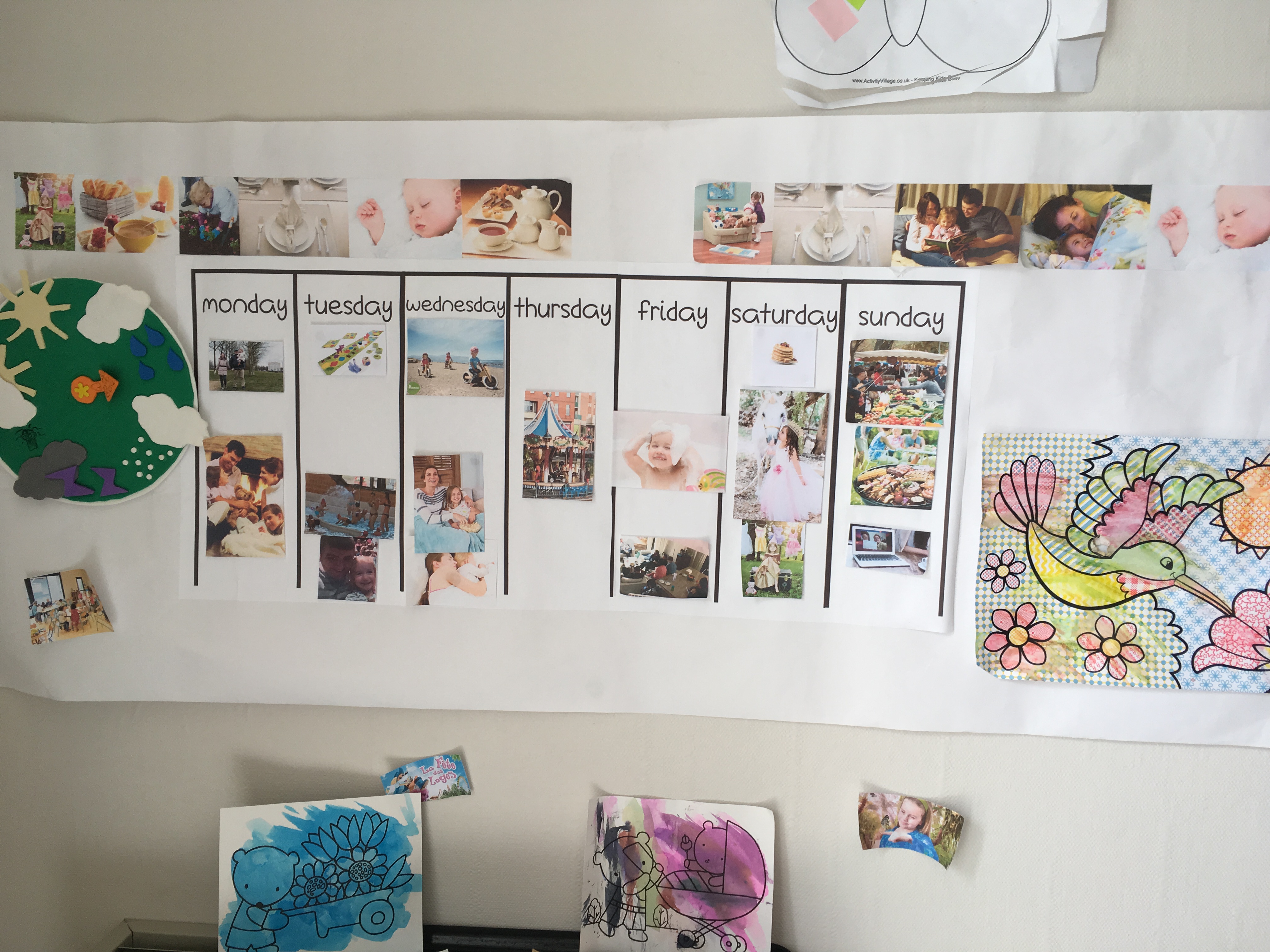How to create your own 3D calendar.
Organize your day. We may not be able to keep the same schedule as normal. But it’s important to create stability within your new environment. Wake at the same time each day and sleep at a consistent hour each night. Invent new rhythms that suit you. Keep as many traditions as possible. The first tool I pull out to help people manage expectations through transitions is a 3D calendar.
The first dimension is weekly rhythm, Monday may not look like Sunday. Planning ample Sabbath rest into that weekly rhythm is essential because you should expect to increase your coping mechanisms during a transition.
The second dimension is a daily schedule, again balancing daily high-investment activities with the down time necessary to transition to recover from your energy exertion and transition to a new task.
The third dimension is depth describing how you’re going to accomplish that block of time. It encompasses the setting, sitting at a desk or sprawling in the grass, and also the energy depletion or boost that you anticipate from this task.
I lead teens and adults through a process I call Playing Blocks that is appreciated by doctors and artistic souls alike. It allows us to set up their 3D calendar with two-hour blocks of time that are color coded by theme. Spontaneity is encouraged when a meeting gets canceled or you’re not feeling the inspiration you can swap that block with another block of the same color in your week.
For younger kids, I custom make Montessori calendars using stock images that reflect each of the child’s time investments. To visualize the day one long strip of activity sets the pattern for their typical day. To anticipate the weekly rhythm the days are segmented out with space for several activities to reside.
The magic of this Montessori calendar is that when your child gets up early or skips his nap you can pull that sleep photo off of that slot and show them that they need to put it somewhere else in the day. Involving their hands and body to search for another time to fit that sleep piece into the puzzle will help them value sleep at an early age (or at any age).
This calendar gave me the tools I needed to turn my nos into yeses when my two-year-old suddenly decided they NEEDED to do something, I ask them to put that thing in the margins. They see they can’t do it now, they have the larger-than-life calendar in front of them. This week is full of other things that are good for them too, and now we can say no to the tyranny of right now, while still saying yes to fitting it in next week or next month. There is something powerful to knowing that your request has been heard and taken into account, even if it isn’t granted immediately, yes even if you’re two.
When my daughter’s school was closed for COVID-19 and we were all thrown into a weird hybrid of homeschooling through someone else’s lesson plans. I pulled up the photo I had taken during parent orientation of the daily schedule the teacher has on the wall of her classroom.
Keeping as much tradition as possible, we decided to do the tasks in the same order. But being trapped at home together all day we also wanted school to finish before lunch time so that we could enjoy some semblance of normal family life as well. So, there it hung, a vestige of tradition, reminder that she was part of a whole even though she couldn’t see her classmates they were still very much her classmates, and a helpful tool for her to see her progress as she accomplished tasks. We communicated to our daughter from the beginning that our family would do the things in that order, but completely ignore the times.
Communication is key. Engage the whole family in creating the schedule. Encourage each person to contribute something as you build it together. Gentle soothing voices that articulate truths and the multitude of implied expectations that are left unspoken.
We can’t expect others to be brain readers, but we can become better at reading others if we study it properly. Dedicate extra time to studying empathy or emotions or emotional intelligence or mentalist science or whatever branch speaks to you. If you have young children an easy beginning is to memorize the parent scripts in Daniel the Tiger episodes and literally quote them in the same sing-song manner.
Take aways
- A 3D calendar includes weekly rhythm, daily time blocks, and emotional depth.
- Movable time blocks for freedom, spontaneity and ownership of consequences.
- Keep as many traditions as possible.
- Communication, communication, communication.
- Program more room for sleep, rest, recovery and all your best coping mechanisms during this time.
- Be the master of your schedule, don’t let it be the master of you.
- Dedicate yourself to the study of reading others.
